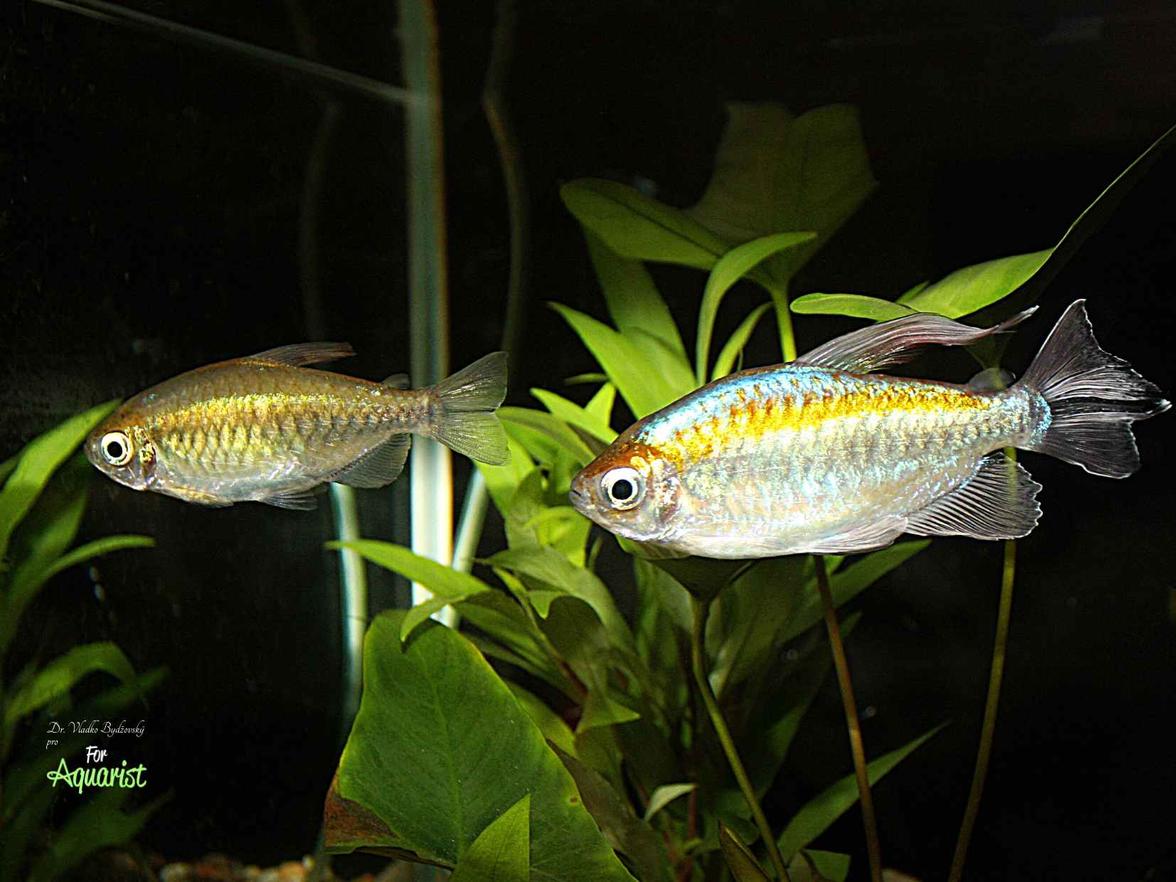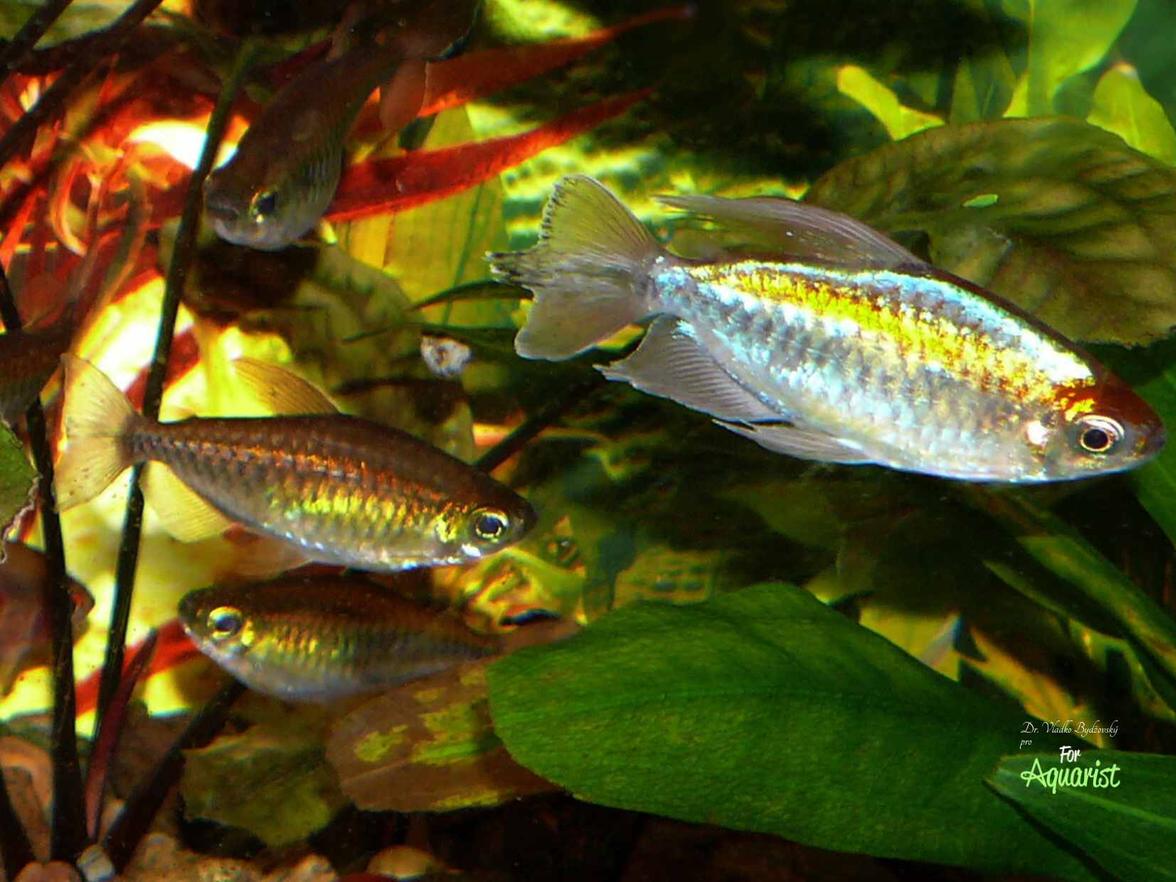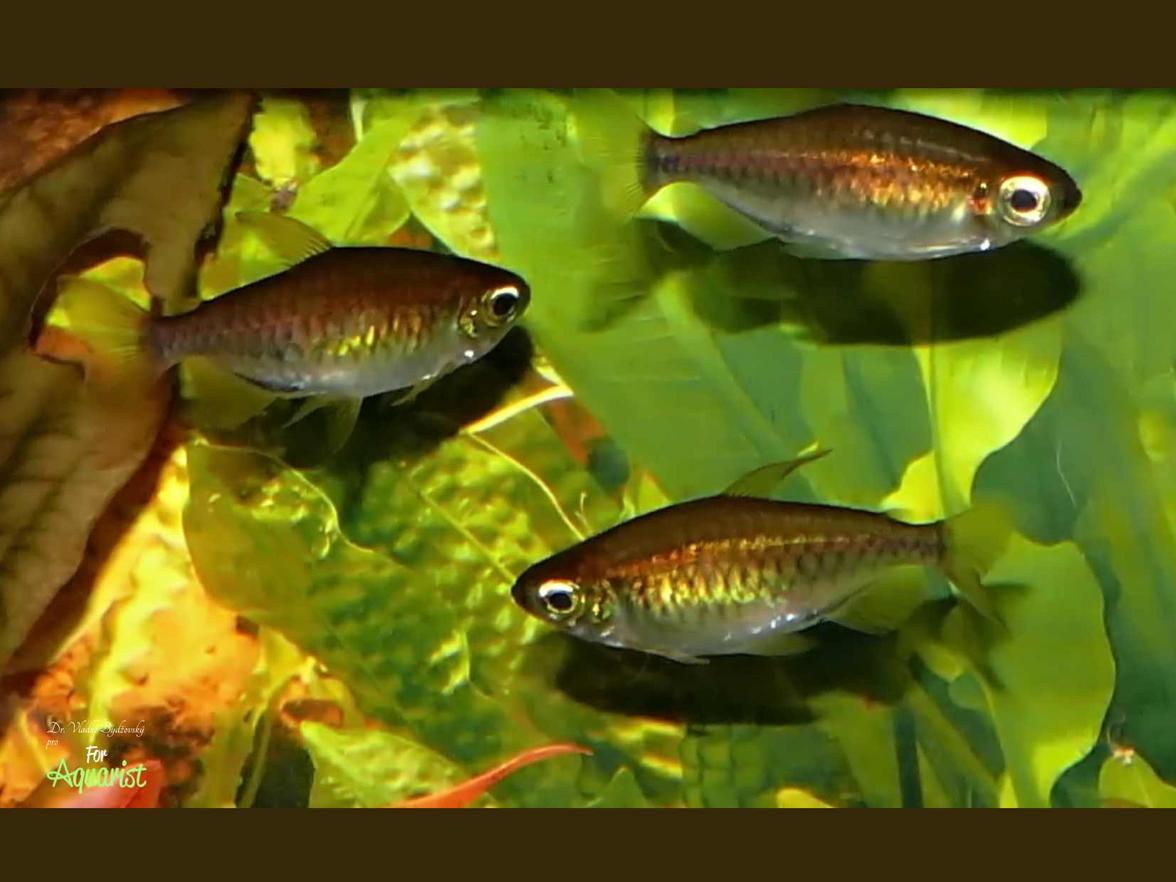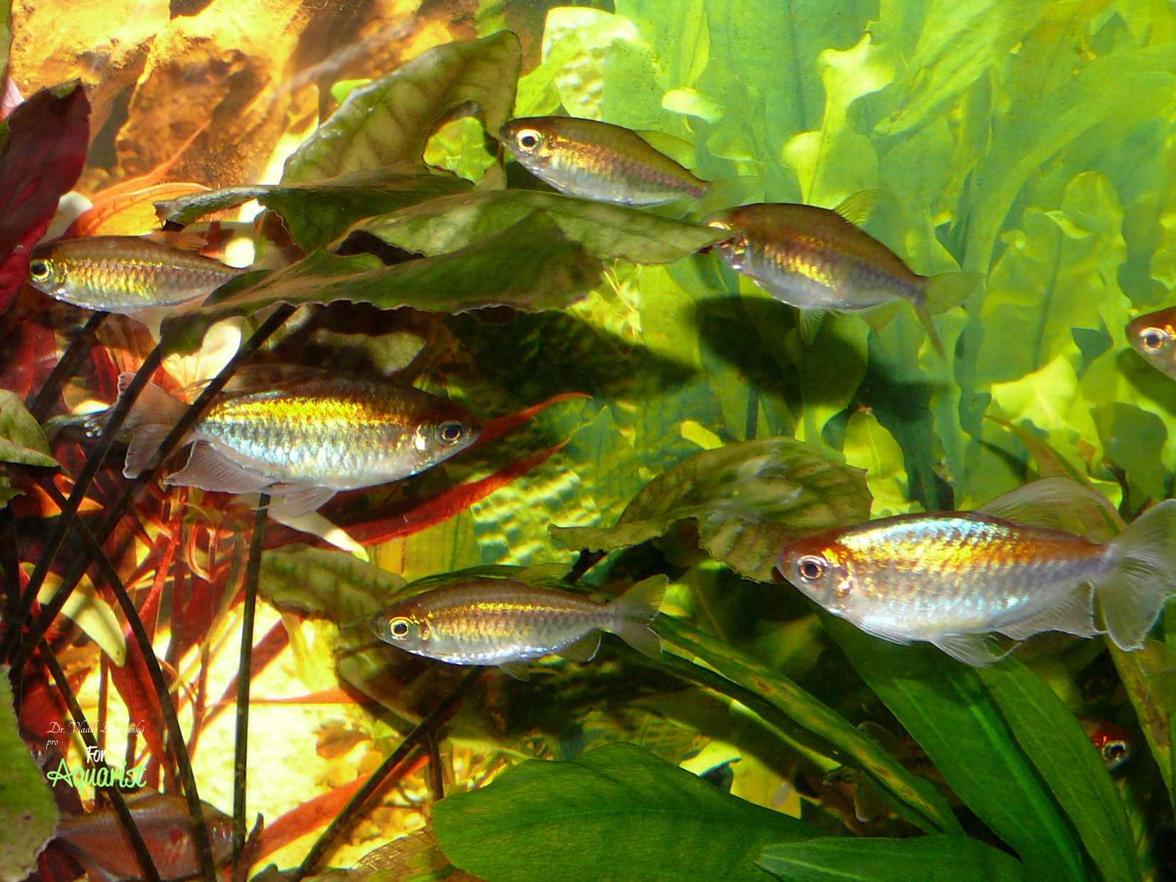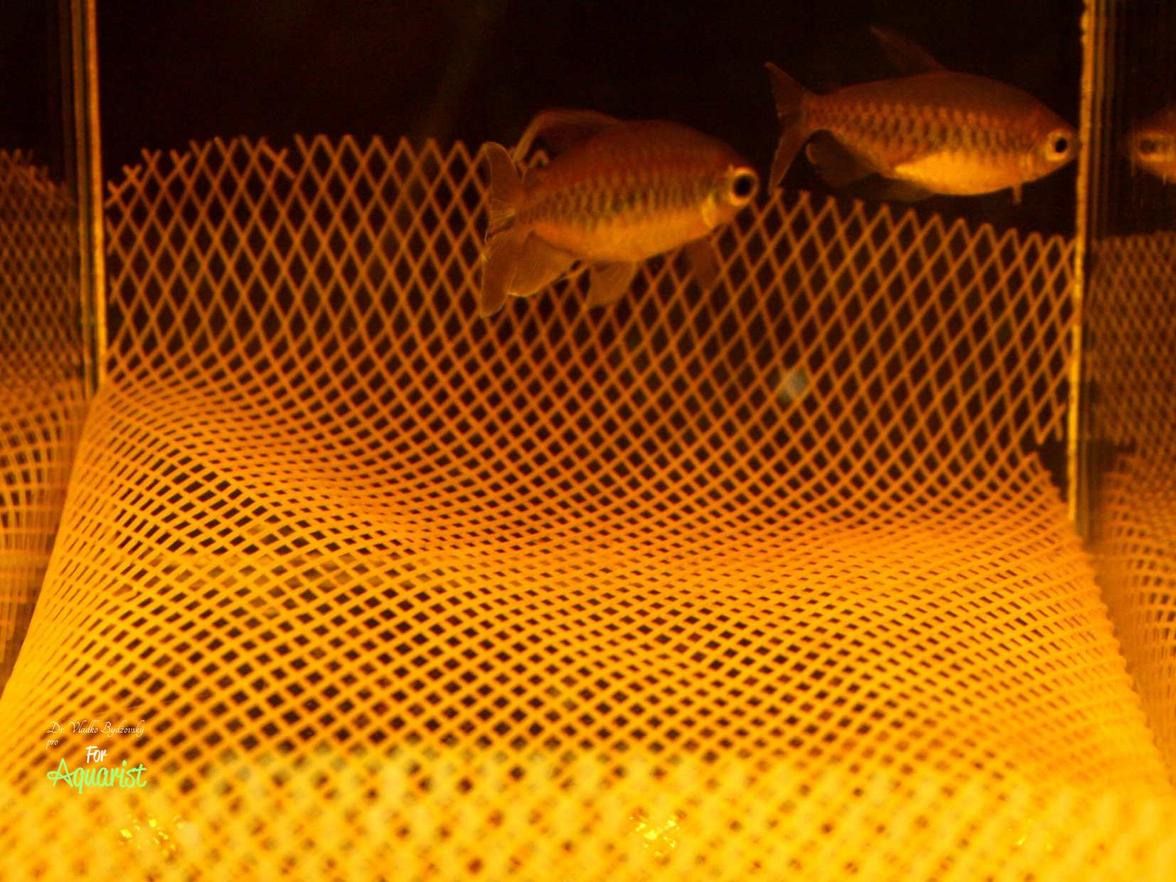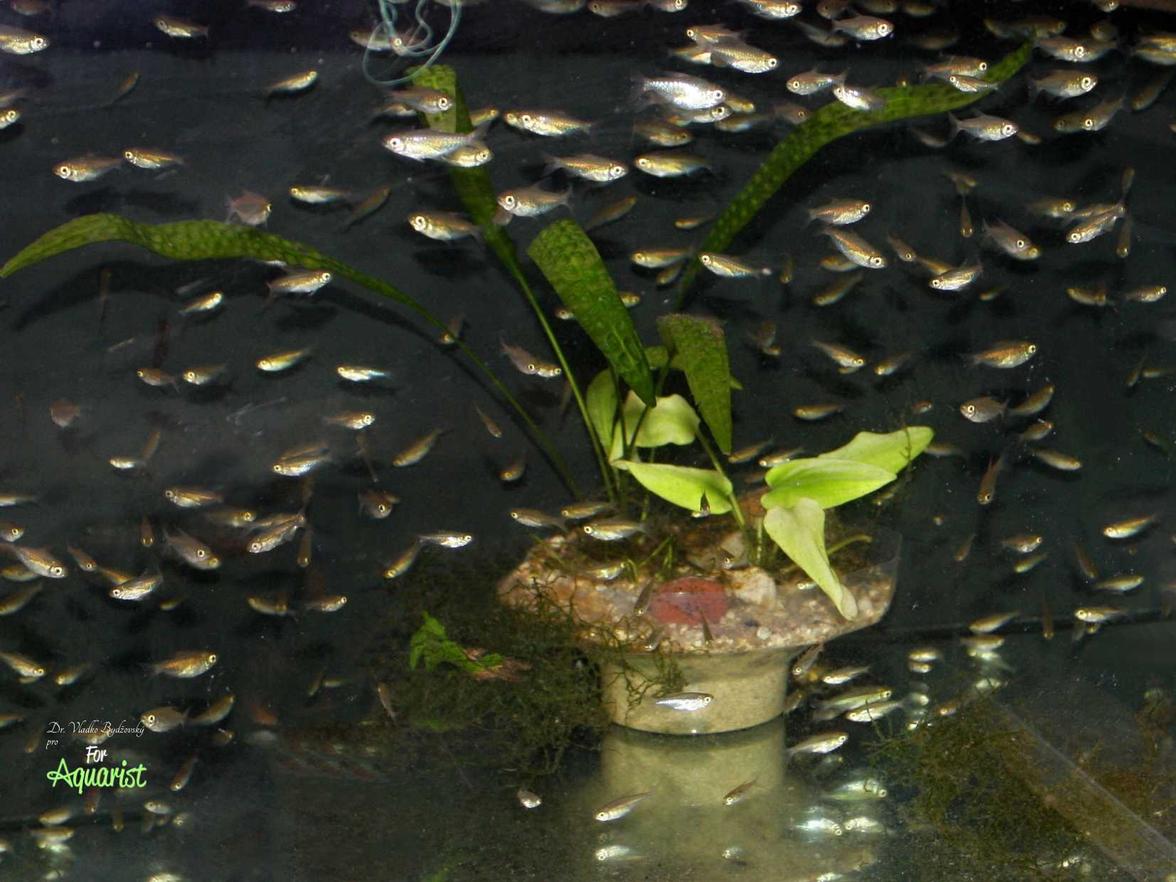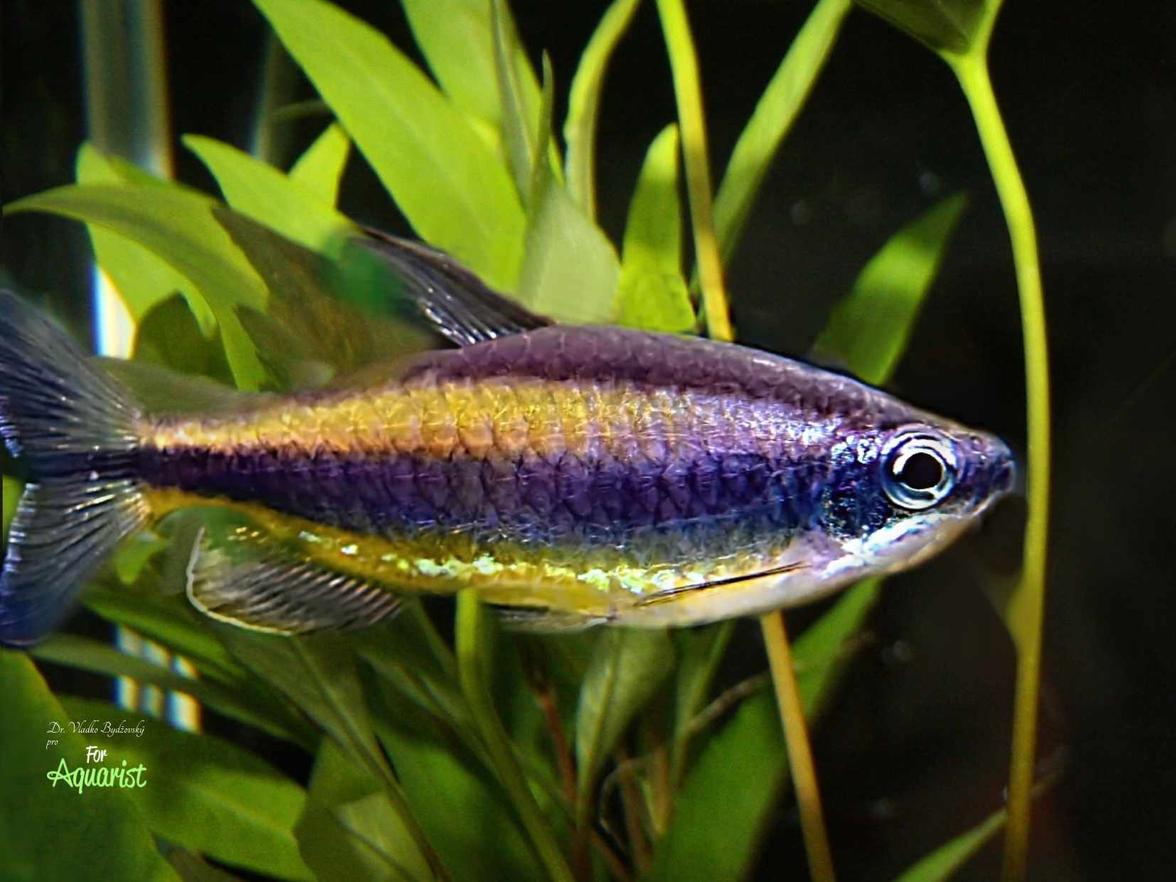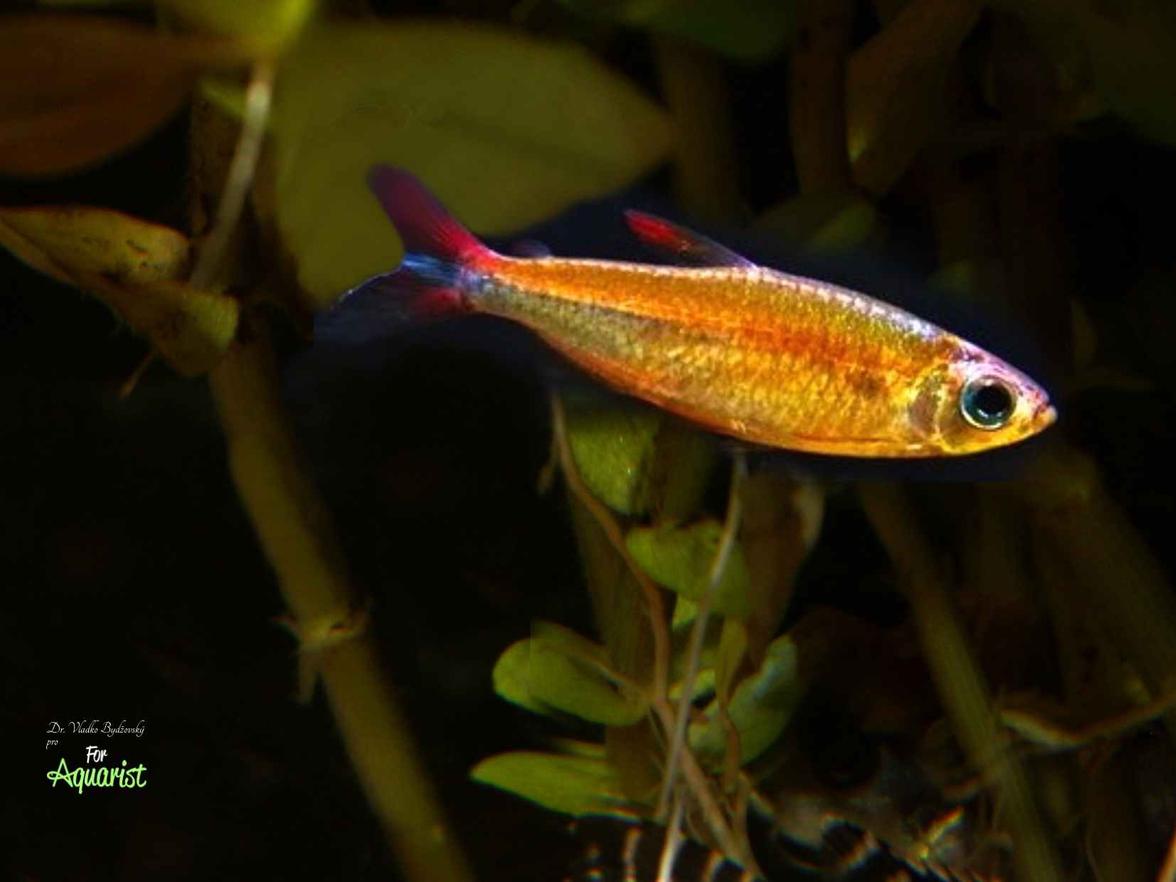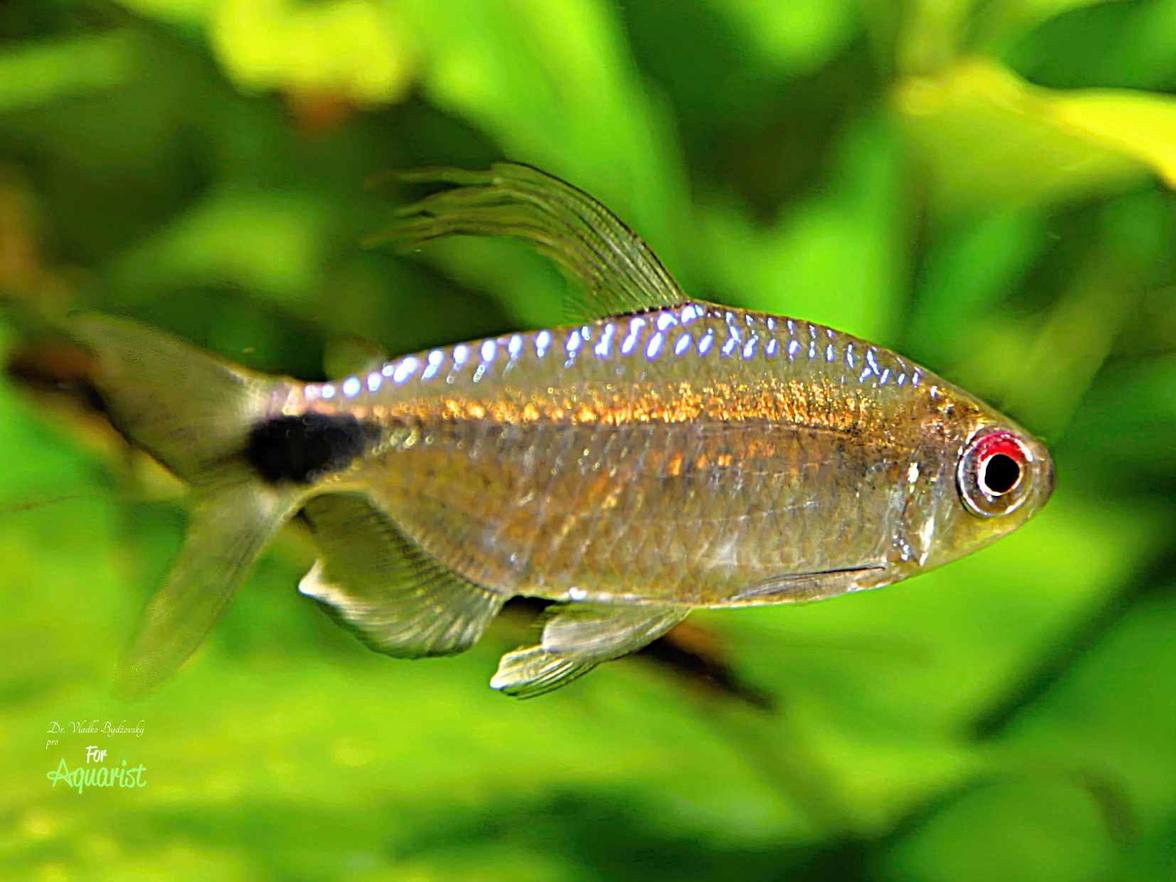The Congo tetra (Phenacogrammus interruptus) is among the most graceful freshwater fish originating from the African continent. Its metallic sheen, elegant fins, and calm nature make it an ornament for any community aquarium. Although its care is not particularly demanding, it requires patience – the fish grow slowly and reach their beauty only after several months. In this article, we will look at the origin, requirements, behavior, and breeding possibilities of this fascinating species.
Among the most beautiful African tetras is the horse tetra. In fact, when one mentions African tetra, most aquarists immediately think of this fish, which got its name from the river it inhabits. They are the adornments of many exhibition aquariums, where they majestically swim and attract the interest of even non-aquarists. The way males can change their coloration according to the light that falls on them is impressive. It arrived in Europe in 1950 thanks to Aquarium Hamburg. The fish has also appeared in our aquariums under several synonyms – Alestopetersius interruptus, Hemigrammalestes interruptus, Micralestes interruptus, Petersius codalus.
Homeland
The fish is widely distributed in Central Africa, where it mainly lives in the middle and lower reaches of the Congo River, which flows through the territory of three countries: the Republic of Congo, the Democratic Republic of the Congo, and Gabon. The water here is typical for tropical Africa – soft with slightly and distinctly lowered pH, thus acidic. They mostly inhabit slow-flowing or stagnant waters, but they can also be found in faster-flowing sections of the river. Here, they stay in the surface layers, as they primarily feed on drifting insects.
Characteristics
A significant disadvantage is their slow growth. It takes almost a year or longer (depending on conditions and feeding) before they become truly beautiful and exhibition-worthy fish. Males at this time have perfectly developed dorsal, anal, and caudal fins and are fully colored. So, count on at least 8–12 months before you have exhibition fish at home. However, in our conditions, there are aquarists who can breed the fish as early as 6 months of age. This, however, requires perfect conditions, mainly sufficient live food and enough space.
The horse tetra is among the larger tetras; males grow up to 12 cm, females up to 10 cm.
Tankmates
It is best to keep the fish in the company of their "countrymen," that is, larger African tetras, such as yellow horse tetras (Phenacogrammus caudalis) or large-scaled tetras (Arnoldichthys spilopterus). Certainly, we have nothing against the presence of calmer South American tetras. The bottom space can be occupied by popular dwarf cichlids from the genus Pelvicachromis, Steatocranus, which primarily inhabit the bottom area. It is also possible to use other cichlid species, such as the slightly aggressive Nanochromis parilus, or some representatives of the genera Benitochromis or Chromidotilapia.
Breeding
It is not difficult. The ideal temperature is 22-25 °C, pH around neutral or slightly acidic, and the water should preferably be soft. It is better if the total hardness does not exceed 18-20 °dGH. They benefit from a slight addition of peat in the water; German aquarists often filter the water through peat.
Aquarium for horse tetras
We choose a larger aquarium, at least 100-200 liters or more. In it, we create enough space for swimming, preferably not dense clumps of plants. Ideal are those that also occur in the fish's homeland – representatives of the genera Anubias and Bolbitis. Of course, South American swordplants (Echinodorus) or other species are not excluded from our considerations. The arrangement of the tank also affects their often-described shyness and timidity. In many tanks, the fish react intensely even to a mere tapping on the aquarium glass.
Companions for horse tetras
The advantage of yellow horse tetras is that they are quite peaceful creatures. While common (or blue) horse tetras tend to be somewhat territorial after reaching sexual maturity, this species is a completely easygoing fish that does not oppress its companions. I have kept them in the company of African bloaters, Steatocranus casuarius, which occupied the bottom area. It is also possible to use other cichlid species, such as the slightly aggressive Nanochromis parilus, or some representatives of the genera Benitochromis or Chromidotilapia.
Food
Ideally, as with most larger African tetras, the food should be live, primarily insects and their larvae, but also plankton. They catch flies thrown on the surface with great joy and surprising agility and speed, just as they do tiny water fleas in the water. As typical omnivores and indiscriminate eaters, they readily accept various flake and granulated foods. The main requirement is a variety in their diet.
Raising
Myths are written about it in the literature. Generally, Western European literature states that we must use larger breeding tanks with at least 80-100 liters of water. Our experienced aquarists usually use 6-7 liter breeding tanks. The fish must be prepared for spawning.
Some use pair spawning, while others introduce 2 males to 3-4 females. Previously, some of our older experienced breeders used to spawn in groups of 8-10 individuals. However, the breeding tank must then have at least 80 liters. We typically place a spawning grid at the bottom, and a suitable plant is a clump of brown moss, Microsorum pteropus__. The temperature is 27-28 °C, conductivity 10-20 µS/cm (this composition is best matched by natural water from Kvilda). A slight addition of peat extract is beneficial.
Spawning occurs with a well-prepared pair on the 2nd, at the latest the 3rd day. Spawning usually occurs quickly; both fish swim next to each other and press their bodies against each other, then suddenly, with a jerk of their bodies, both partners release their reproductive products, and small glassy, slightly tea-colored eggs, numbering 3-10 from one act, fall to the bottom. After falling, they enlarge to about 3 mm in size after about 20-30 minutes, in which we can observe the development of the embryo in the following days.
Hatching usually occurs on the 6th day; as starter food, fine Artemia nauplii are currently the best option. For classic Czech aquarists, fine powder that they catch themselves in the pond (how many such aquarists are still around?), but also Protogen granules; we have also tried Liquifry No 1. Especially in the first days of life, we pay attention to all significant changes, both in temperature and pH, etc. These can cause unnecessary mortality in the fry.
Systematics of the family Alestidae
The family Alestidae has two subfamilies, Hydrocyninae and Alestinae. The latter is further divided into tribes – Alestini and Petersiini. The tribe Petersiini includes our fish as well.
Images:
- A pair of adult horse tetras, the male is on the right.
- The male (on the right) with three females (on the left).
- Females well prepared for spawning.
- Horse tetras are schooling fish, so they should always be kept in groups of at least 6-10 individuals.
- An adult pair of horse tetras in a 5-liter breeding tank.
- Horse tetras are prolific fish.
- Phenacogrammus auranthicus are very rare with us.
- Phenacogrammus deheyni are exceptional in Europe.
- Yellow horse tetras Phenacogrammus caudalis inhabit the upper and middle layers of the aquarium.
